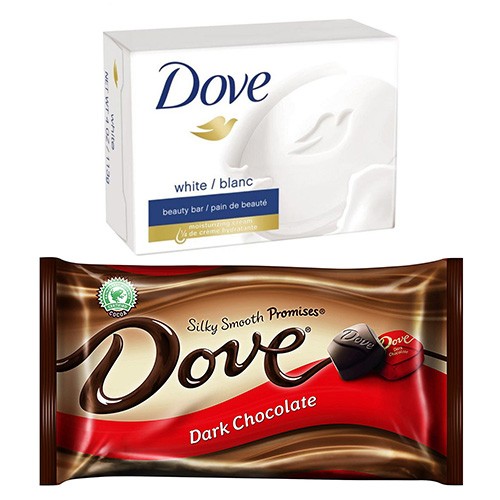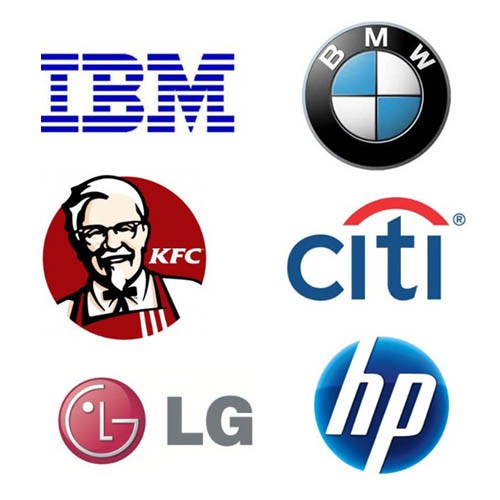How to name a new technological product?

Naming a new technological product is not an easy task. Which are the biggest challenges of this kind of naming process?
- Choosing too descriptive names which often means…no trademark registration chances
- Stepping into the “void” of similarities by choosing as descriptors added to the mother brand, generic terms of your industry
- Not valuing enough the naming power in the branding process and simply naming your new technology products by numerical codes which mean…nothing
In this article we will present you some steps to be followed in the naming process of a new technology product:
- Start with two briefs
When you must name a technology product, it’s clear that there will be two big departments involved in this decision: engineering and marketing/sales. The engineers feel that their point of view must be important because they know the best what the product does. The marketing department feels that they know the best how to position on the market the new product. In many cases, the naming brief is done just with the representatives of a single side. If the company has a small marketing department, for sure, the leadership in this matter will be taken by the engineering department. If the company is big and the investors and shareholders trust very much the marketing department, then the engineers will be ignored. Our advice is to start the naming project with two briefs. One for the engineering department and one for the marketing department. Both sides are important and may bring an important input to the entire project.
- Find the common points or mediate the situation
You must discover from the two briefs the common ideas between the engineering and marketing departments. From our experience as naming specialists, it’s very probably to find…0 common points. Unfortunately, engineers and marketers have very different visions.
Engineers usually want:
- very descriptive names
- generic names
- numerical codes because many of them do not understand why to struggle so hard for naming the new products when you can simply use some codes which mean something only for them
- similar names with the names used by the competition
- invented names taken from their internal language (technical “slang”)
Marketers usually want:
- suggestive or metaphorical names
- names with a cool and fresh sound
- names which are not so related with the main functionalities of the product because many marketers do not really get involved in understanding the true utility of the product
- Too fanciful names which are too strange for the engineering department
Who is right and who is wrong?
The truth is somewhere in the middle. Both sides have interesting inputs to bring in the naming process. The engineers know the best the technological functionalities, benefits and core competences of the new product. The marketers know the best how to position this new product on the market in order to be sold.
Sometimes, it’s best to find a consultant, a naming specialist or a naming agency to mediate this conflict and to help you find the common vision between the two sides.
- Avoid the industry’s stereotypes.
Even if technology is about progress and forward thinking, the truth is that in terms of naming is full of stereotypes. Some generic terms are repeated, and they are killing any chance to be more creative and to find new trends. Examples?
- Innovation.
The word “Innovation” is used in so many product naming constructions. If everybody is innovative today, what about ten years from now? The technology advances fast and what’s the today’s state of the art, becomes a simply historical memory tomorrow.
- Edge
- Tech
- Cloud
We have: Adobe Creative Cloud, Apple iCloud, Microsoft Cloud Services, Google Cloud Platform, Amazon Cloud Drive. And we’ve written here only the “big boys”. It seems that our creativity is covered with “clouds” because everybody wants to use this term.
- Connect
From Nokia which was “connecting people” to Microsoft Connect, Adobe Connect and so on, it seems that every new technological product has the job of “connecting something”. Perhaps “Connecting something innovative in the clouds”.
Try to be more original, creative and stay away from the stereotypes. Why? The “big boys” have already conquered these terms. What are your chances in this war?
- Choose the right naming direction and the right naming type
Regarding naming types, you can read more about this subject from this article. What about choosing the right naming direction?
Here you have some ideas to get you inspired about possible areas where to search for:
- Hyper differences between your product and the products of your competitors. Hyper differences mean those differences which may be considered real strengths on your market
- Key features or key benefits of your product. Make a list with all of them.
- Key functionalities of the new product
- Key aspect of the used technology behind the product
- Other fields which can be metaphorical connected with the technology world: superheroes world, historical important characters from your industry, disruptive moments in the history related to your technology, animals world when your discover that certain aspects from the animal’s life are related to your product specifications, important natural phenomena.
- And if my product is not so…innovative?
We like to say that our technological products are innovative, disruptive, original and unique. But what if they simply aren’t? What if we have just copied the technology from others and we want to sell a quite small number of products? This is no excuse for not naming your future product. In this case, means you are a follower, not a trend-setter. If you find yourself in this position, our advice is opposite than point 3). It will be better for you, for example, if you have a cloud product which is not different than others, to use the term “cloud” in the naming construction. Why? If you are not different than others, you must show that you are the same. Because you do not have the financial force and the innovation behind to promote a product which has a name which does not tell straight to the point what the product does. You must communicate what your product is about. And you can differentiate your strategy through tagline, brand messaging, pricing, branding visuals and so on.
- A single product but many options?
If you are planning to launch a single product which will come in different options with different other features for each of them, then you need to search for a name which will be the umbrella for all the options and also a naming extension for each of the options. Read more about naming architectures from this article.
Example:
- Kindle, Amazon’s e-book reader has extensions like: Paperwhite, Glare, Oasis, Touch, Keyboard, DX, Fire. Each of the extensions is in fact a descriptor of the main core competence or functionality of the product.
Technological products are a true challenge in terms of naming. We know that. But that’s why we are here. If you need any further support for naming your future innovative product, just write us more about it.
p.s. Don't forget to take into consideration to name also the technology which stands behind the new product. More about technology naming in this article.























